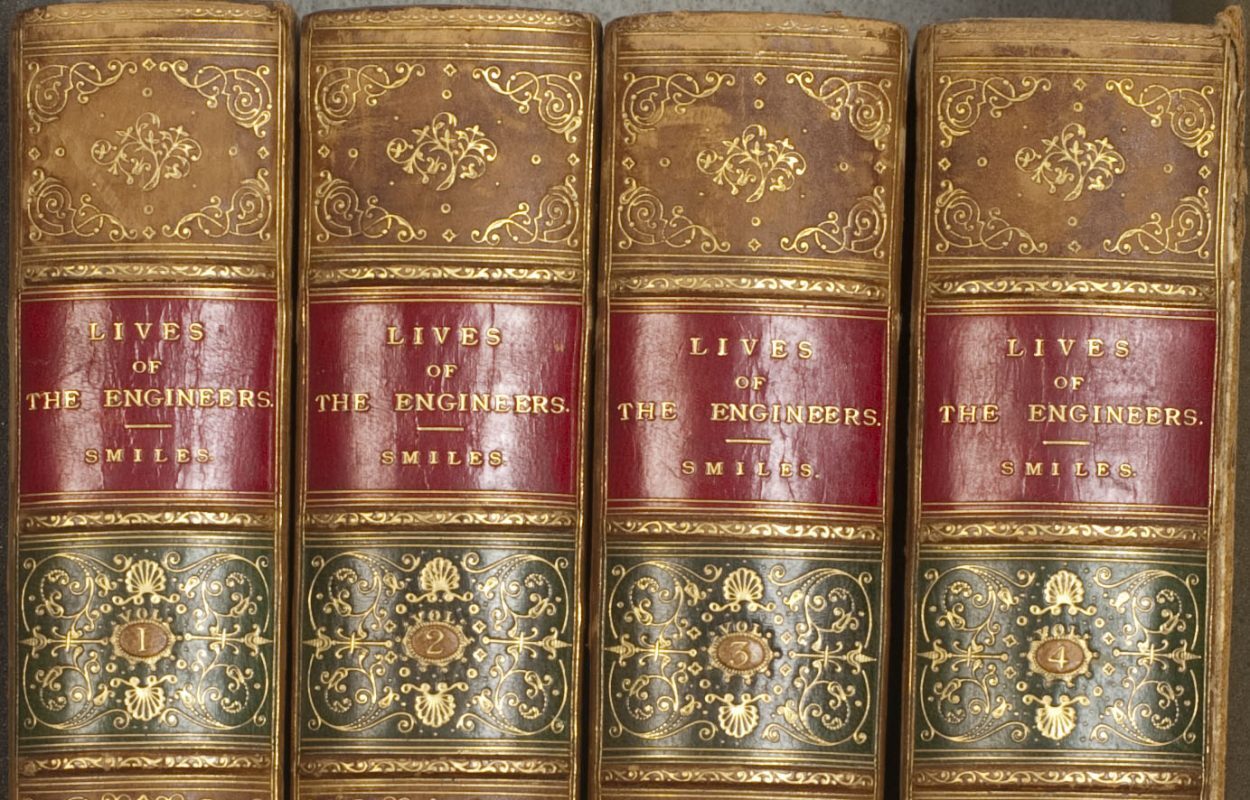Year 71 – 1931: Le testament de Genève by Aloysius Derso and Emery Kelen
Published: Paris, 1931 The use of cameras was not permitted during deliberations at the League of Nations (1919-1947), but the press corps did include pictorial reporters, illustrators, and cartoonists. Among them were the creators of the Testament de Genève. After meeting in Lausanne, Switzerland, in 1922, Aloysius Derso and Emery Kelen, both Jewish expatriates from Hungary, would collaborate for some thirty years. Known for their humorous reports on current affairs and politics, they directed their gaze and their wit to the goings-on in the world of diplomacy at the League of Nations. In the Testament de Genève, Derso & Kelen’s […]
